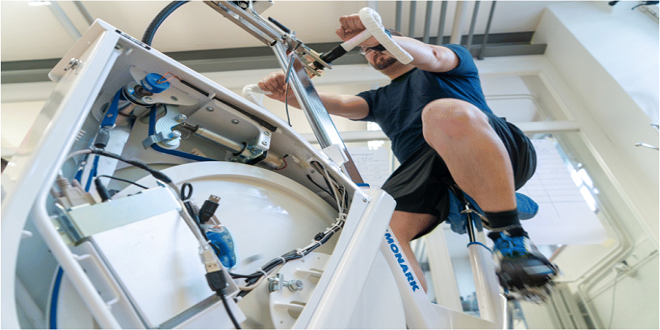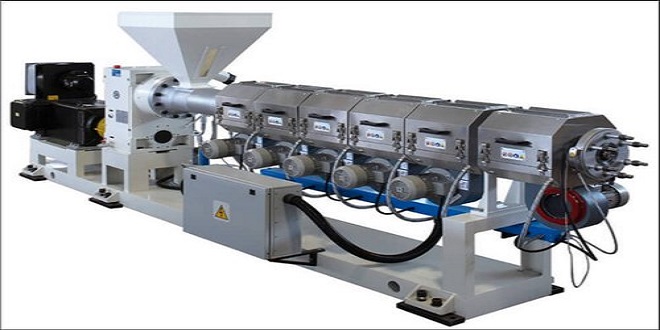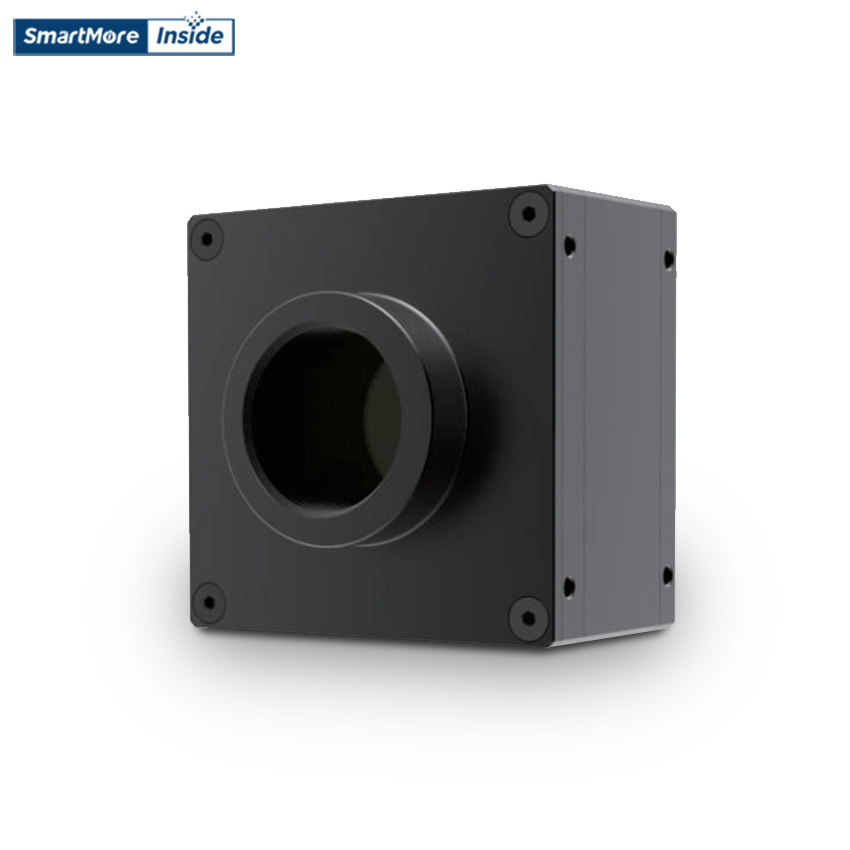Work And Power Performed On The Cycle Ergometer And Treadmill

Physical activit
Physical activity is defined as any skeletal muscle contraction that results in an increased energy expenditure. Thus physical activity might involve walking for a bus or training for a football match and therefore includes all exercise and sports activities. Isometric muscular contractions (those where muscle length does not change) require energy expenditure but do not necessarily result in movement occurring (for example holding the Maltese Cross in gymnastics, or pushing forwards in the rugby scrum).
Physical activity
Exercise is defined as repetitive physical activity or movement aimed at improving or maintaining fitness or health. Aerobics classes, weight training and working out in the gym are examples of exercise. Sport is physical activity or movement involving rules and competition. Football, hockey, basketball and badminton are examples of specific sporting activities.
Exercise and sport
Exercise physiology is the discipline involving the examination of how physical activity, exercise or sport influences the structure and function of the human body. The discipline is usually studied by assessing how movement affects the systems of the body (i.e. the cardiorespiratory system, the nervous system, the musculoskeletal system and the endocrine system), the cells of the body and subcellular molecules.
Exercise and sport
In this way the exercise physiologist can study the immediate effects of movement on human function, or the long-term effects of regular physical activity. The immediate or acute effects of movement or physical activity might, for example, involve assessing what happens to the heart rate during 10 minutes of running at a set speed on a treadmill. The long-term, or chronic (adaptive) effects of physical activity on the other hand might involve assessing how resting heart rate is affected by 12 weeks of a set exercise or training program
Exercise science vs sports science
Exercise physiology underpins both exercise and sports science. In the example above the exercise or training program may be for a group of individuals classed as obese, or for a hockey or football team. The chronic effects of the program upon physiological function might then either underpin optimal health and function, or optimal sports performance.
This is the difference between exercise and sport science. Exercise science is the study of how physical activity or exercise affects human health and function or vice versa. Sports science is the study of how physical activity or function affects sports performance or vice versa.
Ergometry
Ergometry refers to the methods used to either control or measure work rate/exercise intensity, in other words the methods underpinning the majority of laboratory-based exercise physiology experiments. The devices used in these processes are called ergometers (typically the stepping bench, cycle ergometer (both electronically and friction braked), treadmill and arm ergometer). An understanding of how work is measured on any ergometer allows the exercise physiologist to estimate energy expenditure, and thus to plan training, rehabilitation or disease intervention sessions.
When working with ergometers the exercise physiologist must recognize that the correct standardized units of measurement are System International Units (SI units). However, many other more traditional units are used in the laboratory and thus the exercise physiologist needs to be familiar with converting one set of units to another.
An example of this practice is that of referring to distance in meters, miles or kilometers. The distance is the same but the units of measurement differ. Students often become confused with units so it is important to remember that the measure is the same, but the units used to describe the measure may vary. More examples of these conversions are provided in Section A2.
The fury of nature can be seen in the formation and power of tornadoes. These violent storms can cause immense destruction, but with proper preparation, it is possible to survive the storm. Tornadoes form when warm, moist air meets cold, dry air, creating a powerful rotating vortex. The power of a tornado is measured on the Enhanced Fujita Scale, which ranges from EF0 to EF5, with EF5 tornadoes being the most devastating. Surviving a tornado involves seeking shelter in a sturdy building or underground, away from windows and exterior walls. It is crucial to have a preparedness plan and to stay informed about severe weather warnings. By understanding the formation and power of tornadoes, individuals can take the necessary steps to stay safe when these storms strike.





